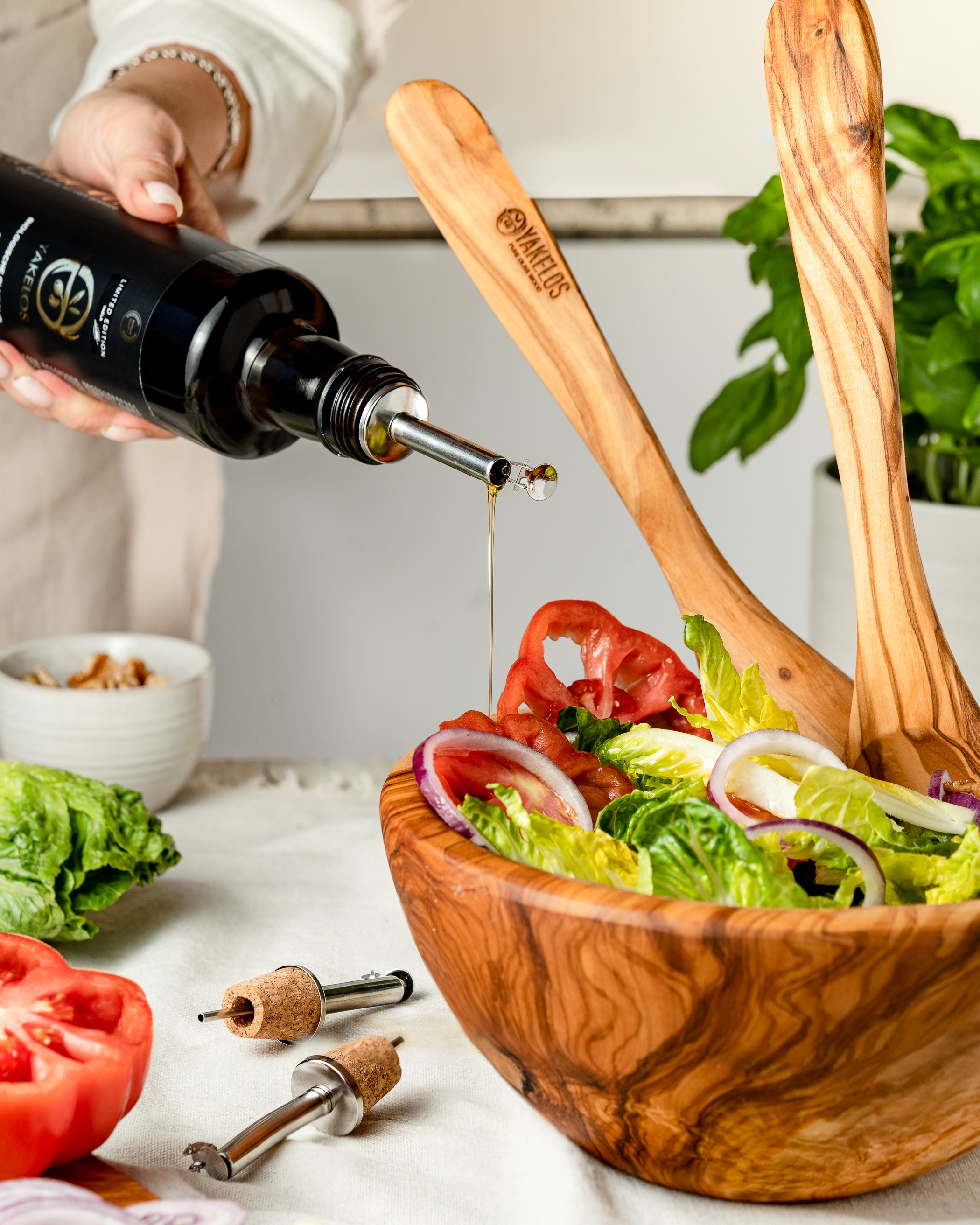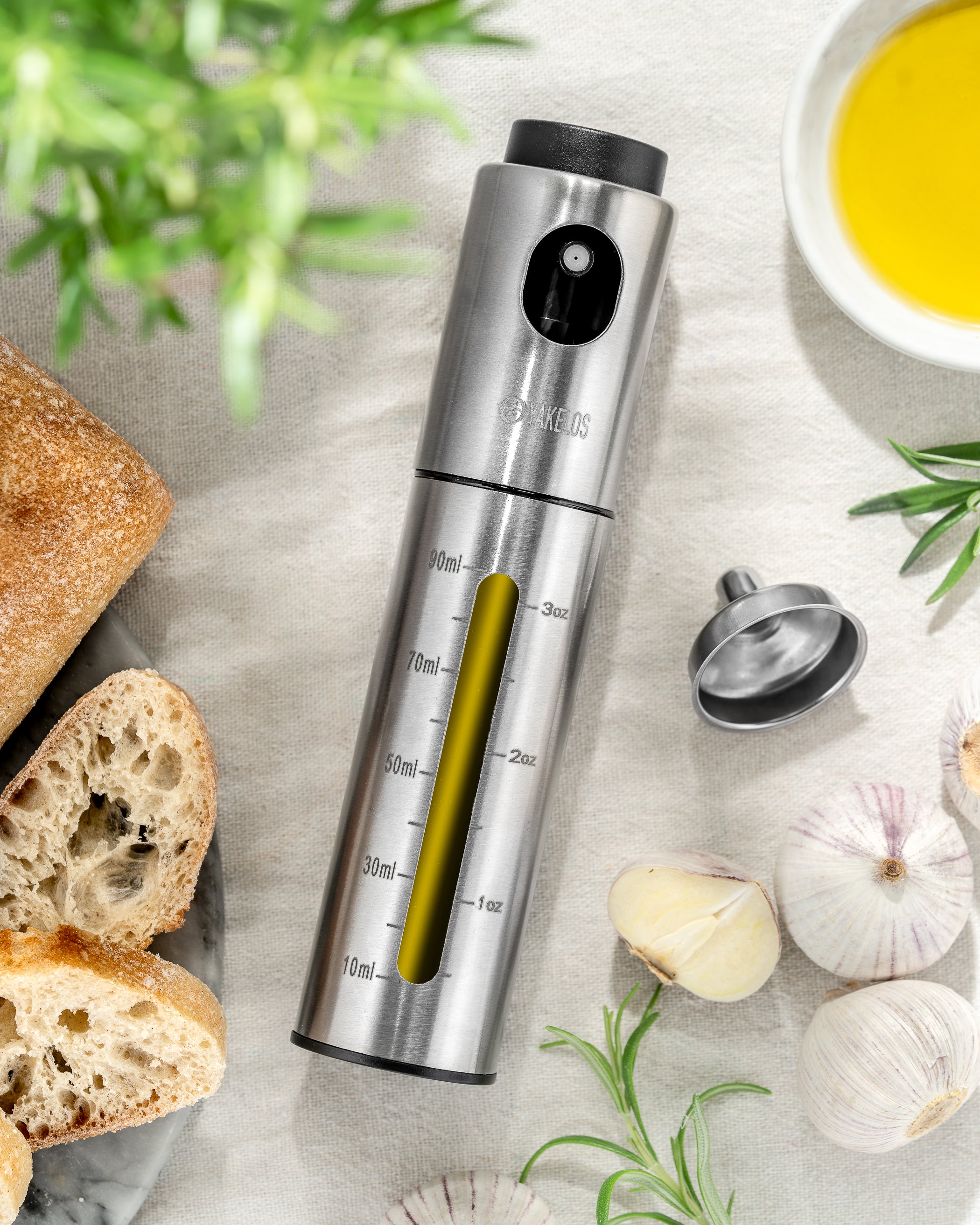The acidity of olive oil is still a relatively unknown concept in our country. It is an indication of the quality of olive oil and producers of super good olive oil like to mention the acidity of their olive oil on the packaging.
As long as undamaged olives are still hanging on the tree, the acidity of those olives will be almost 0 (zero). That acidity immediately increases if olives are damaged by diseases or pests, frost or because the time between picking and processing has been too long.
Chemically, the presence of these free fatty acids can be explained by a reaction (lipolysis), which starts when enzymes (which are naturally present in the pulp and stone of the olive) come into contact with the oil (which is normally enclosed in a vesicle, the vacuole) as a result of damage to the olive. The olive oil is partly converted into oleic acid by this reaction.
It is therefore immediately clear that the lower the percentage of free fatty acids, the better the quality of the olive oil will appear to be.
The European Commission has now established a number of definitions to make it clear to the consumer which quality of olive oil corresponds to which acidity.
- Extra virgin olive oil : 'Extra virgin' olive oil from the first pressing. Olive oil with a free fatty acid content of not more than 0.8 grams per 100 grams;
- Vergine Olive Oil : 'Virgin' olive oil with a free fatty acid content of not more than 2.0 grams per 100 grams;
- Lampante Olive Oil : 'Lamp oil'. Not (any longer) suitable for human consumption, but was (and is) used for lighting. This name is used for any olive oil with a higher acidity than 2.0%, including virgin olive oil that is contaminated and no longer meets the requirements.
The 0.8 grams per 100 grams for extra virgin olive oil means 0.8 percent oleic acid. That percentage can easily be achieved by any producer who is a little careful with his olives. It is therefore no wonder that producers of the highest (Premium) quality olive oil try to get that percentage as low as possible. Quality-conscious producers have recently even set a new standard , whereby an olive oil with an acidity of less than 0.3 percent may be classified as Ultra Premium .
A percentage of 0.2 is usually seen as the maximum achievable for producers of olive oil. Our extra virgin Yakelos olive oil has an acidity of less than 0.4 percent. That is only fair, because that content varies every year and that is the result of the annual precipitation, amount of sun, etc. But it is low enough that you can be sure that you are buying a perfect olive oil.






